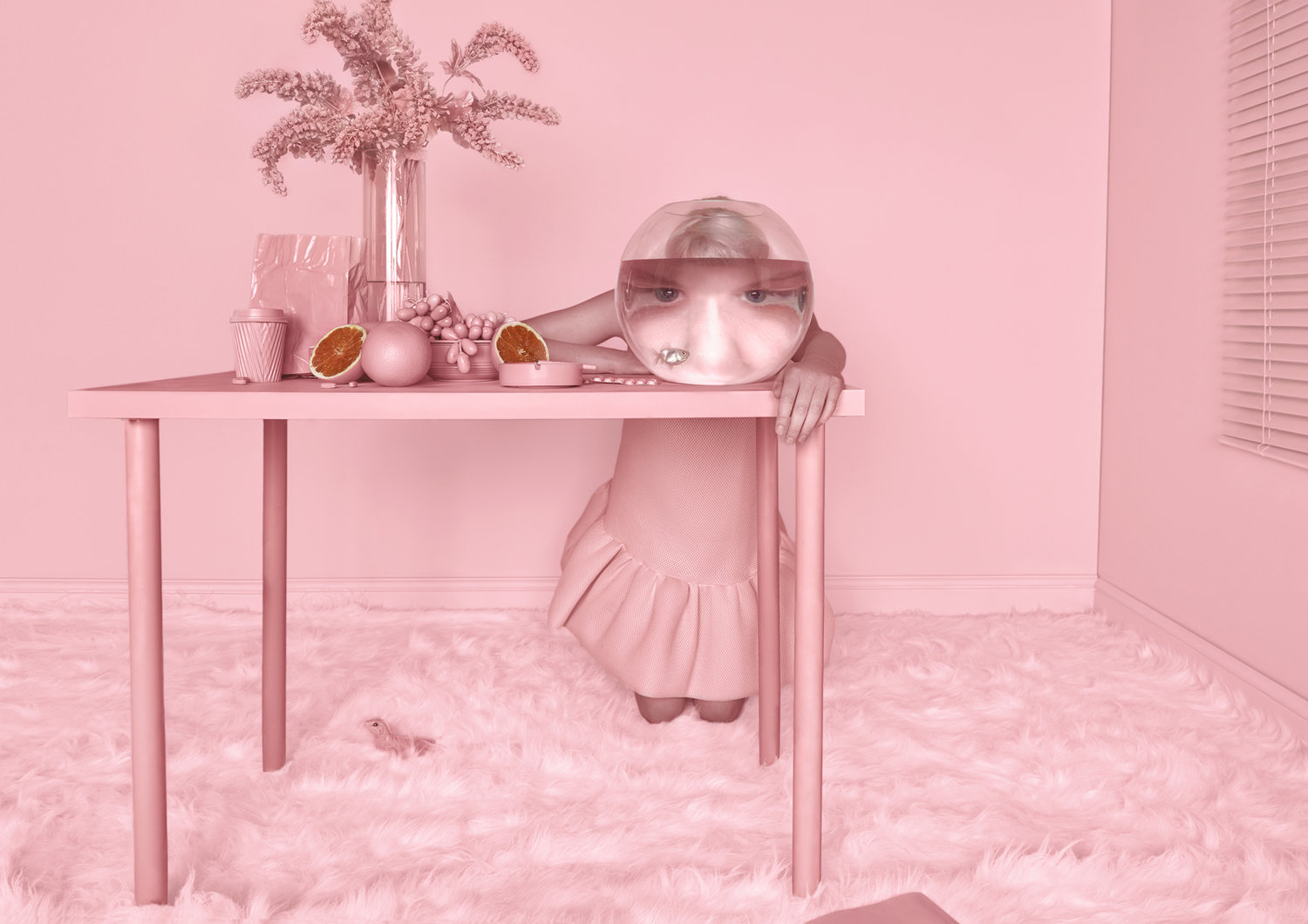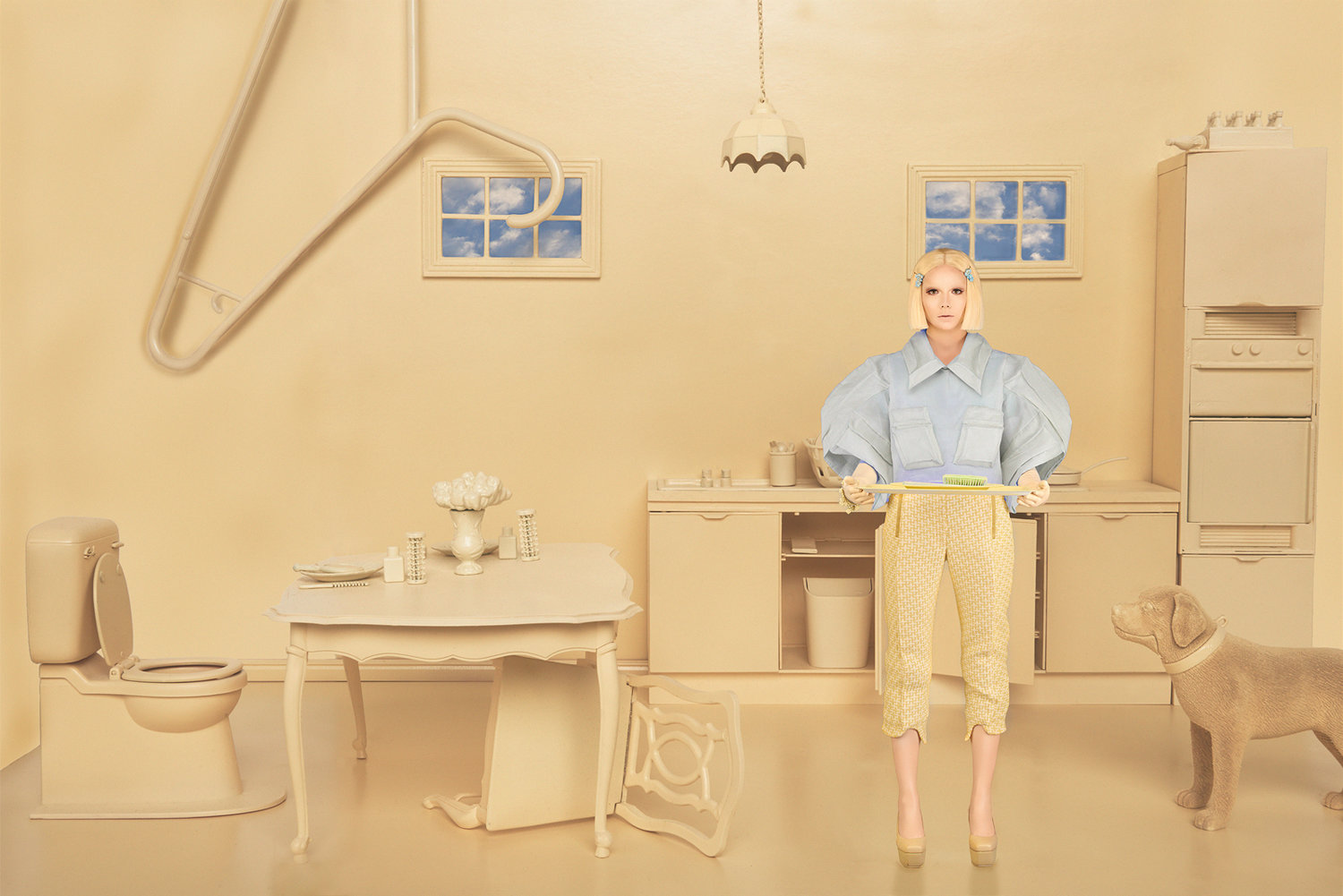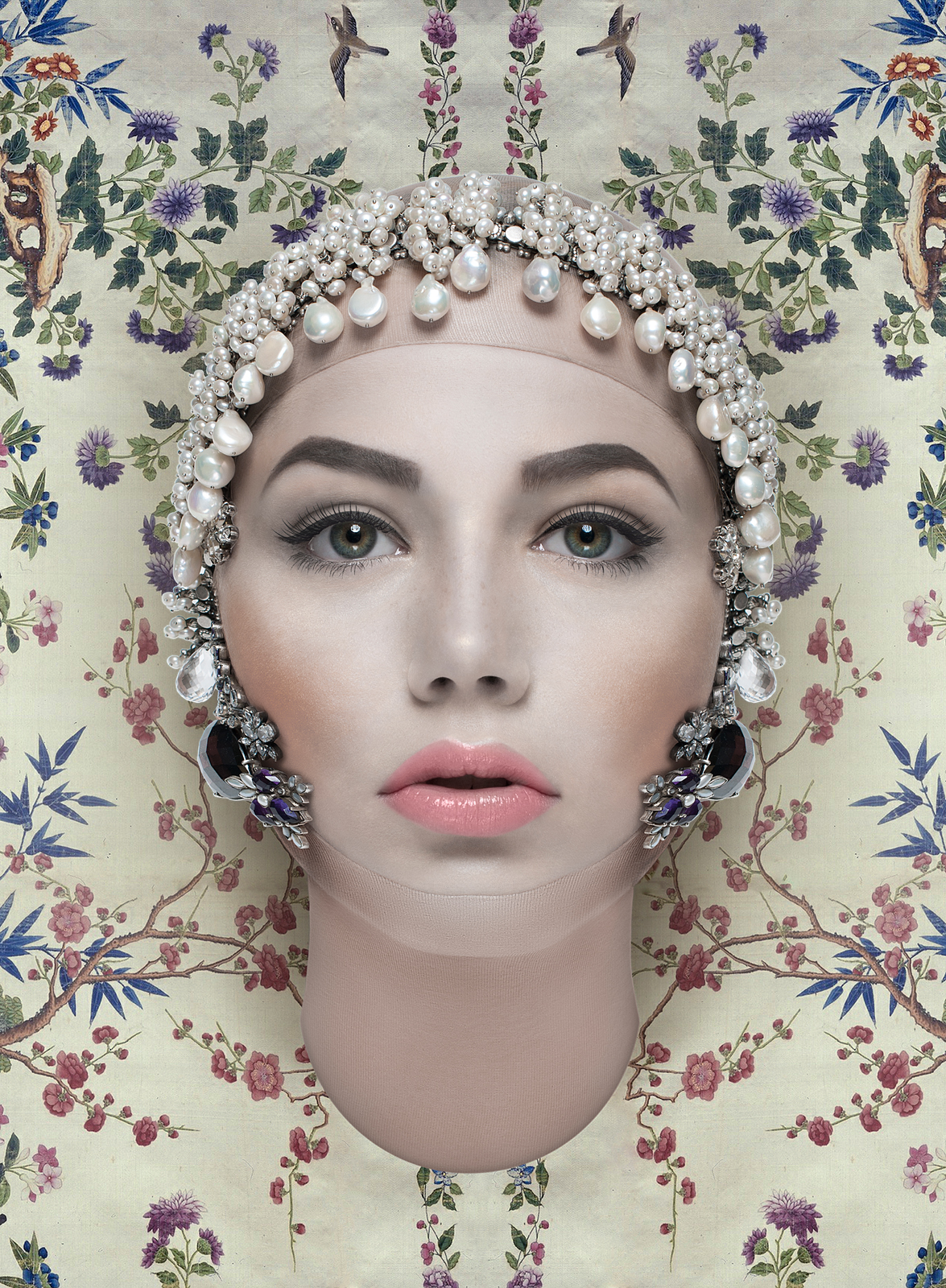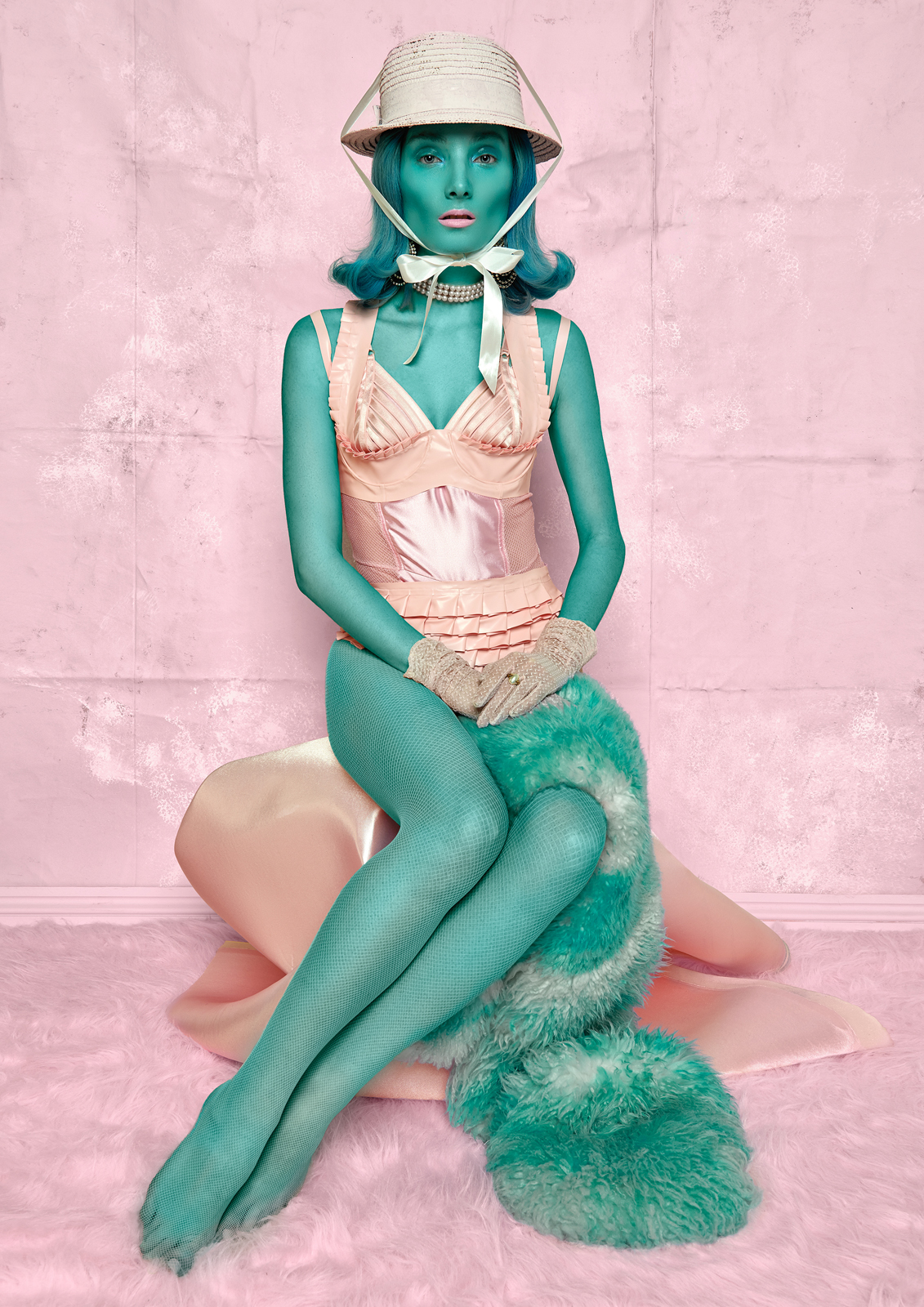CAROLINA MIZRAHI - THE SECRET LIFE OF COLORS
THE SECRET LIFE OF COLORS
Born in Rio, Carolina Mizrahi is a photographer and art director based in London. One of the main themes in her work is color. “I think you can say a lot through colors. It's a powerful communication tool specially when aligned with other visual signs. I like to play with the different meanings associated with each color.”
Carolina, you live and work in London but were born in Rio. Do you still consider yourself a true “Carioca”?
Yes, I do! I am proud to be from Rio de Janeiro, one of the most stunning cities in the world! I was born and raised going to Ipanema beach and eating "biscoito globo" [a traditional biscuit sold at the beach]. To be a “Carioca” is to have the amazing possibility to enjoy a sunset at Arpoador beach, drinking coconut water after a day of work and to constantly feel the summer heat, almost, every single day of the year. Rio has a unique big city vibe with really beautiful, spontaneous and friendly people.
How did you first discover photography? Has it always been a hobby since childhood or did you discover it at a later age?
I always liked to take pictures, although things went to a different level after taking a photography course at URCA, Rio de Janeiro. This was supposed to be just "one more course," but it turned out that I really enjoyed it. I was lucky enough to know a lot of really talented creative people in Rio. This has helped me bringing my ideas to life. Soon I started shooting small campaigns and editorials in Rio. From that point, I decided to invest more time in it and study abroad.
What were the first things you photographed? And with what camera?
I always liked to shoot staged photography. I used to collaborate with a super talented designer and together we created "Carnificina Pictures." We used to collaborate on projects and literally transform her whole house into a photo-shoot set: from covering a living room with velvet orange fabric to designing and sewing the outfits for our models. Each idea could take months from developing a concept, searching for materials, casting and set design to post production. It was an amazing experience for me! I started shooting with a friend's camera. Later I bought a Nikon D 700 and an 18-200mm lens.
How important was studying at the London School of Fashion (LCF)
I really enjoyed my course at LCF. It was great to be able to collaborate with other creatives from all over the world, while being supervised by a team of really professional tutors. To me, the main things were cultural studies and project development. Cultural studies gave me the necessary base to start communicating with people through images, I was able to position myself as an image-maker and start taking responsibility for the sort of imagery I wanted to produce. Project development was great to reinforce my research, art direction and production skills.
Color is a dominant theme in your work. Why’s that?
I think you can say a lot through colors. It's a powerful communication tool specially when aligned with other visual signs. I like to play with the different meanings associated with each color.
Your first solo show was called Pink. Why do you think that color has become so uniquely associated with the feminine gender?
I am not entirely sure how and when it started. And that’s exactly the point. So much information is socially imposed on us without being questioned. We live in a world manipulated by capitalist interests and I think it's important to question your identity within the society you live in.
“Lolita is a powerful representation of women’s seductive power. She is the personification of fire to me. I wanted to create my version of Lolita, a character strangely beautiful and evil at the same time, young and strong in a classy way.”
Can you talk a bit more about the female characters in your images? How do you create them?
Each project has a different approach depending on different deadlines and briefings. Generally, I like to start developing my ideas with some theoretical research. As soon as I set things up for a specific idea, I start developing it with more references from movies, books, classic and contemporary art connected to the theme.
Another series you did for Vogue Italy is all in red. Can you tell us more about the assignment and choice of color?
The theme for this issue was the four elements and my assigned element was fire. My main inspiration came from the movie Lolita, based on Vladimir Nabokov’s novel. Lolita is a powerful representation of women's seductive power. She is the personification of fire to me. I wanted to create my version of Lolita, a character strangely beautiful and evil at the same time, young and strong in a classy way. The choice of colors was a key point in telling this story. The red make-up was contrasting with Amelia’s angel face, while the white and pink colors were sweetening it down. It's a body of work made of contrasts, all visual signs were synchronized in order to balance each other, from styling to hair, make-up to set design.
What is your favorite color?
It depends for what purpose, but generally speaking I will pick white, the blending of all colors.
Would you ever consider taking photos in black and white?
Yes, for a particular project I would consider so. I like to experiment and develop my work into new aesthetics. At some point, I might get bored of colors and just shoot something in black and white. Although, I don't think I will ever turn into a black and white photographer.
What other photographers and/ or artists do you admire?
There are many artists and photographers that I deeply admire, although the work of Tim Walker is special to me. I love his sense of composition and aesthetics.
London is one of the cultural and fashion capitals of the world. Where does Rio rank?
I feel that a lot in Rio is still inspired by abroad, but we do have amazing brands originally from Rio de Janeiro. In terms of culture, Rio is really rich culturally speaking. Sadly, the government is generally not so keen on investing money in culture.
Would you ever consider moving back?
Not for now. London is a great city for creatives and I would like to develop my career here at the moment. But I do consider moving back at some point in the future.
INTERVIEWED BY PETER SPEETJENS







